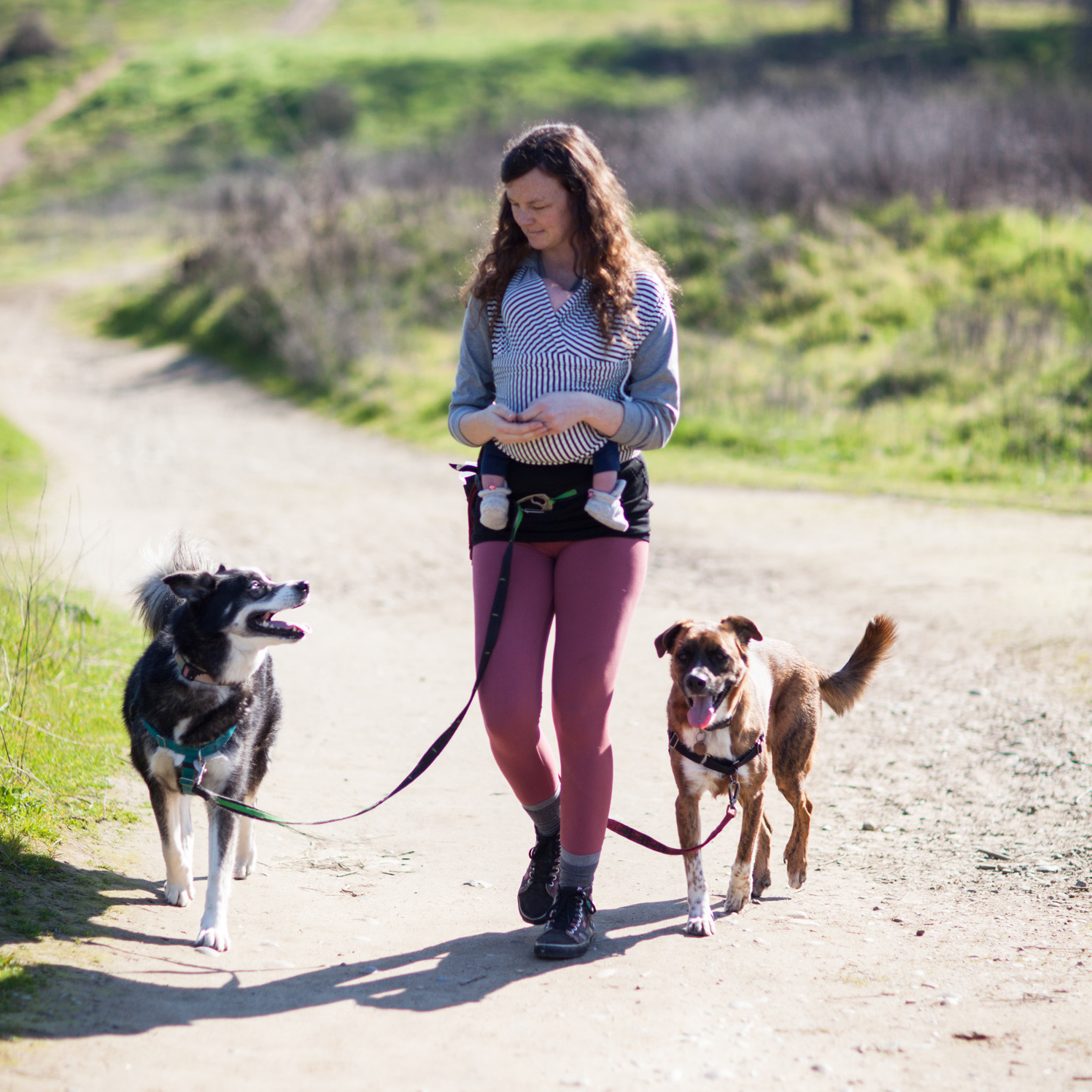The most important part of teaching a cue is making sure the behavior you want to add a cue to has already been taught. Refer to the posts on Luring, Capturing and Shaping for more on how to teach new behaviors. It’s important to remove the cues during the actual behavior acquisition, because otherwise it just becomes background noise.
You can also add a new cue for a behavior that already has given cue - say you have a visual cue and you’d like to switch it to a verbal, or even if you just want to change the visual cue in some way.
Many dog trainers will tell you it’s time to add a cue if you’re willing to bet $10 that the dog will perform the behavior again. It’s important to be able to predict when the dog will perform the behavior so that you can insert the cue right before the behavior is performed. We want as close to 100% success rate as possible - this is how we build the connection. Let’s look at some examples.
In our Luring post we talked about using a lure to teach a spin. We discuss quickly fading the food until we’re essentially “luring” the dog with our hand. If you wanted to keep this behavior on a visual cue but merely want to make the hand gesture smaller, you would just slowly make the movement of your hand smaller at each rep.
If you wanted to insert a verbal cue, like the word “spin,” you would say, “Spin!” BEFORE using the hand gesture. New cue, THEN old cue. If you use your known cue before the new cue, the dog has no need to pay attention to the new cue. They already have all the information needed to perform the behavior and earn reinforcement. Same goes for using both cues simultaneously - your dog is smart enough to focus on the most relevant piece of information, which is not going to be a sound you’re making, but rather the gesture that has already predicted reinforcement for performing the behavior. But if you add it in before the old cue, you can begin diminishing the old cue (hand movement) gradually until you’re just left with the new cue.
In our Capturing post we talked about capturing a down and I included a video in which I am actually adding a cue. To add a cue to a captured behavior, you’re really looking for the subtle body language indicators that the dog is going to perform the behavior. Muchacho often freezes a bit and then does a little tail wag before he goes into the down. Often with captured behaviors you will see a kind of deliberate look before the behavior is performed - they really check in with you as they offer, seemingly making sure they’ve guessed correctly that this is the thing they’re being paid to do. The more you work with your dog, the more you’ll pick up on these subtle indicators.
The other helpful thing you’re doing is essentially creating a training loop - behavior is performed, marked and then the reinforcement is delivered in such a way to set the dog up to repeat the behavior immediately. This makes it easy to guess when the behavior will be performed!
In our Shaping posts we talk about teaching a dog to go through a tunnel or to remove a toy from a toy bin. With shaping, we should also be aiming to create these loops of behavior/reinforcement and then back to behavior, again making it easy to time the addition of a cue. So say I was working on Koa and the tunnel and she was consistently going through it. I may mark her as she goes through the tunnel and then offer reinforcement from my hand back at the other side, which is the “starting point” for this behavior. Then, once she’s eaten her treat, I would use whatever cue I had in mind right before she dove back into the tunnel, and so on.
In both my shaping videos, my learners decide to end the sessions. This is no biggie for me, but if I were adding a cue, I’d want to be mindful about ending it earlier myself, in order to avoid me giving a cue right before they decide to leave the training session, thereby creating a rep in which the cue does not successfully precede the behavior. If this happens it’s really not the end of the world, but just something to try and avoid.
Remember, a cue can be anything you want it to be! What are your silly or creative cues?

